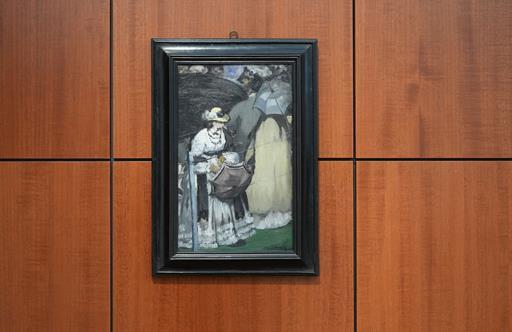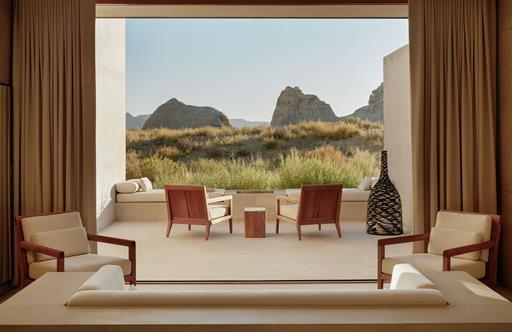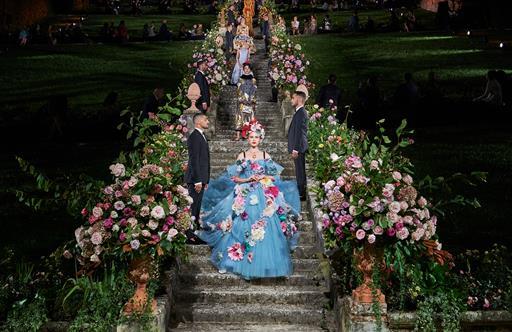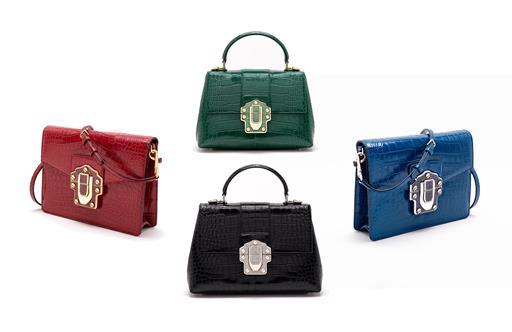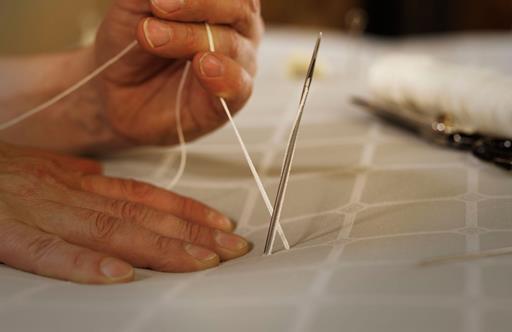Designing Marrakech
The cosmopolitan design scene in the buzzy Moroccan metropolis boasts an astonishing array of treasures, tending towards the avant-garde rather than traditional.
At first glance, Marrakech’s Quartier Industriel lives up to its name. Engines rev and welding torches flare in its auto repair shops, which sit side by side with canning factories, import-export holes-in-the-wall and derelict plots. A 20-minute drive away from the sensory overload of the city’s medina – as well as the more languid charms of Marrakech’s Nouvelle Ville – it feels remarkably utilitarian.
And then, on the unpoetically named Lot 377, next to a car-rental company, I come across the entrance to Maison Sarayan. Giant planters are tiled in olive-and-orange chequerboard while the ceiling is painted in cream and green stripes. Double-height glazed windows lead to a courtyard filled with palm trees and a 1,000sq m shop beyond. Four years ago, this building was a garage. Now, incorporating a popular restaurant, there are countless handmade pots glazed in cerulean blue, soft rugs patterned in cream and black, supersized sofas in jewel-coloured velvet, embroidery-rich clothes and hand-thrown ceramics.
“Morocco has the raw materials – we have leather, wool and clay,” says owner Sarah Bentolila, who opened Maison Sarayan in 2021. “And it is still a country that values craft skills over established brands, which means our clients come to us knowing that they can be involved in the design process in a way that isn’t possible in most countries.”
Maison Sarayan also stocks vintage pieces, including, on my visit, a coffee table designed by Bill Willis, the American aesthete who, from the 1960s onwards, created homes in Marrakech for Marie-Hélène de Rothschild, Paul and Talitha Getty, as well as Yves Saint Laurent and Pierre Bergé. He also created the decor for the Dar Yacout restaurant, a gloriously extravagant exercise in Moorish excess founded in the early 1990s by Marrakshi Mohamed Zkhiri.
“The Western designers, like Bill Willis, who came here in the mid-to-late-20th century continue to feed into Marrakech’s design ethos,” explains Bentolila, whose family has been connected to Morocco for three generations. “He – and others who are less well known today, such as Alberto Pinto – contributed so much by connecting with the local talent, and that’s one of the reasons why there’s so much creativity here.”
Also known as Sidi Ghanem (named after the main street of the area), over the last decade, the Quartier Industriel has been attracting increasing numbers of Marrakech’s most avant-garde designers, keen to take advantage of the vast spaces and cheap overheads to start ateliers. When Marrakech’s medina was closed during Covid, they were able to continue working on – and showing – their wares in this much less-crowded environment. It’s also a Western-friendly experience: in general, prices are fixed, credit cards are accepted and if you need things to be shipped, there are plenty of logistics and transportation companies that still operate here.

 Maison Sarayan
Maison Sarayan
Laurence Leenaert, who moved to Marrakech from Ghent in Belgium in 2015, chooses to have her design studio LRNCE here, too. The entrance is low-key, but as you head up the staircase, you reach the second floor where she creates paintings and ceramics – vases, bowls and lamps – that echo Miró and Picasso’s work in the 1950s, but also furniture, rugs and clothing. Her work is stocked at Le Bon Marché in Paris and Cadogan Gallery in London, among other leading purveyors, and her light and carefree warehouse space – with sunlight streaming in from the large windows, and Leenaert’s desk with a textile design that she’s working on – showcases the relaxed, earthy vibe of her work beautifully.
 LRNCE
LRNCE
Not far away, marked by two venerable gnarled olive trees outside and painted the colour of deep-red Moroccan clay, a fortress-like showroom at the heart of the Quartier Industriel was opened by Soufiane Zarib in 2023. Zarib’s father was one of Marrakech’s most respected carpet dealers, and his son still has a shop in the medina, but this building, originally designed to display his rugs to interior designers, has become a key destination in the past 12 months.
Lit for drama and overseen by staff in brown jumpsuits, with a reflecting pool running nearly the full length of the ground floor, Zarib now has 4,000 square metres of soaring, minimalist space. If this showroom has the proportions of a citadel, his rugs marry tradition and art, along with some very Moroccan innovation.
The basement holds a vast collection of antique rugs, while the floors above are devoted to modern design, many dreamed up by Zarib himself. One rug, cream and textured, rises up the wall and into the ceiling with skeins of wool reaching down like hundreds of textile stalactites. Zarib works with Berber weavers – nearly all women – across Morocco, but especially the Atlas Mountains, as well as Tuareg people, a semi-nomadic group from northern Africa, whose crafts are traditionally made from reed, palm and camel leather.
Specially designed looms have allowed his weavers to create rugs that run up to eight by 15 metres, far larger than most Moroccan rugs. “With these looms, we can experiment more,” he says, while wearing a T-shirt, loose pants and Birkenstocks. “There is still a strong demand for traditional Moroccan designs, but the houses of our clients, whether in the US or the Middle East, are also bigger than they were 20 years ago.” Prices range from $300 to $600 per square metre.
“Sidi Ghanem reminded us of the Meatpacking District of New York City in the 1970s. It was dark, edgy and untamed,” says Nicholas Minucciani, who arrived from New York with his partner and husband Randall Bachner in 2013 and set up their clothing company here.

 Soufiane Zarib
Soufiane Zarib
A decade on, customers regularly take the 20-minute car journey here from the centre of Marrakech for Marrakshi Life’s acclaimed unisex clothes, all while four spinners and 30 weavers working on 15 looms create the handmade pieces around them in a light and airy atelier where the ceilings stretch up six metres.
“Being here allows us to take control of the full process from the importation of cotton yarns, hand-dyeing, spinning and weaving the yarn into the fabric, then cutting the pieces by hand, tailoring the pieces and shipping, all out of Marrakech,” explains Minucciani. An item from Marrakshi Life – say a tailored blanket coat in cream and a rainbow of colours, or a flowing caftan – takes 14 working days to complete, from commissioning to shipping. “We are incredibly lucky to have access to such skills,” he adds. “Working in this way allows us to have a low environmental impact but also ensures good working and living conditions for all employees. It is a holistic approach to human craftsmanship.”

 Marrakshi Life
Marrakshi Life
Photo credits: © Maison Sarayan, © LRNCE, © Soufiane Zarib, © MARRAKSHI LIFE


